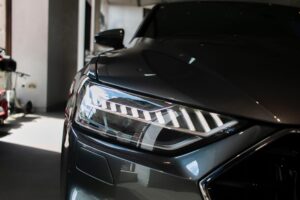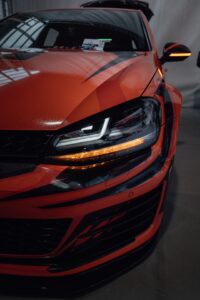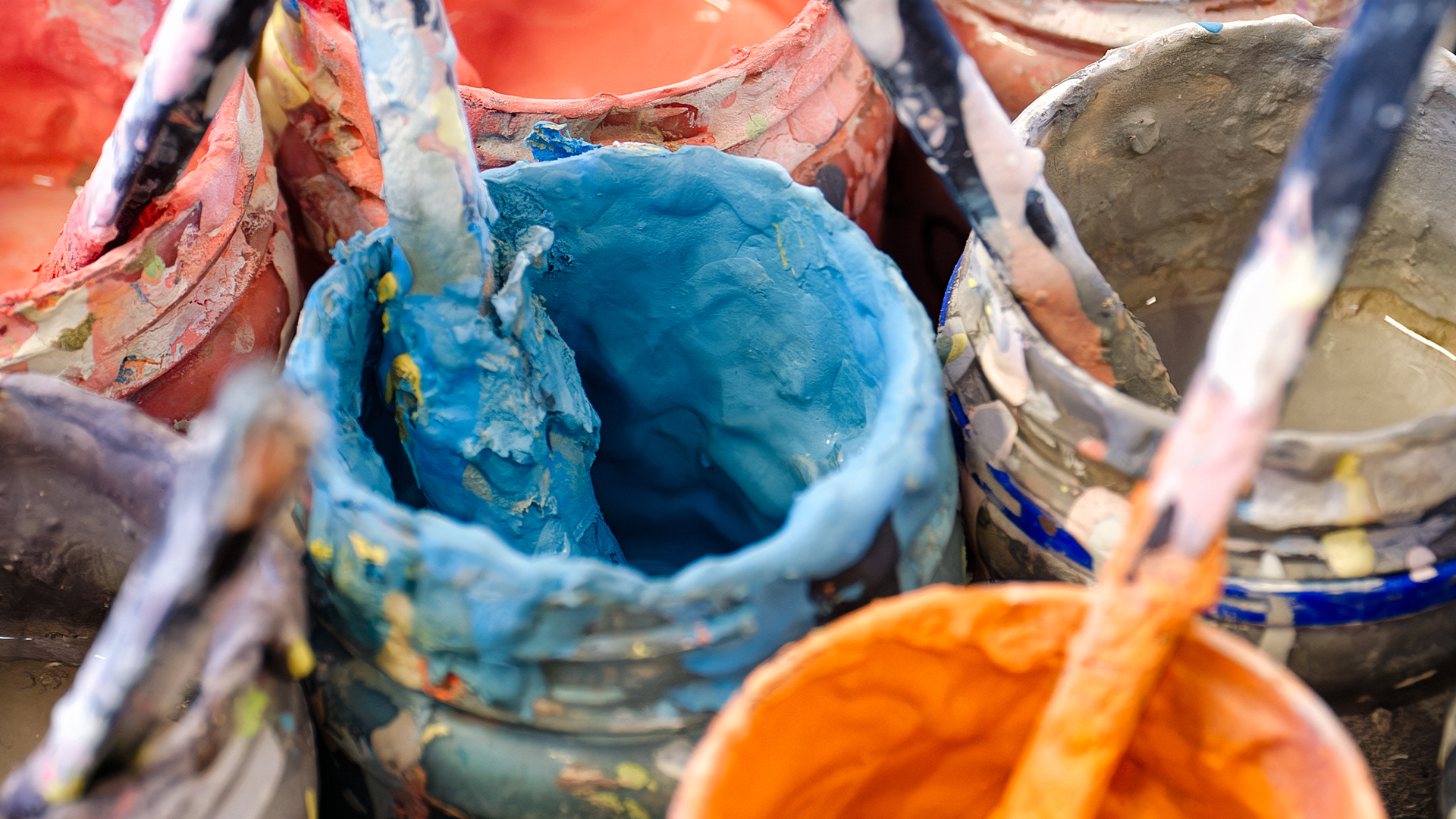Teflon and ceramic coatings are two well-liked choices on the market that provide various degrees of durability and protection. To assist you in making the best decision, we shall compare Teflon and Ceramic Coating in this article.
Teflon Coating
Teflon Coating is a synthetic polymer coating well-known for being water- and stick-resistant. Polytetrafluoroethylene (PTFE), a substance with a low coefficient of friction, is used to create the coating. Teflon Coating offers a barrier of defence against harmful UV rays, filth, and dust, protecting the automobile or bicycle.
Teflon’s benefits as a coating:
- Scratch avoidance: Most scratches are caused by tiny dust particles that are spread during dusting. These particles can’t scratch the paint because of a teflon coating on top of the paint.
- Creates a hydrophobic surface: While water accumulated on the paint surface can also leave stains, a teflon coating makes the surface hydrophobic, allowing the water to slide off without leaving any stains.
- Removal of scratch: A Teflon coat can be used to eliminate scratches that haven’t pierced the paint surface; however, scratches that have already been done so cannot be fixed.
- Shine lasts longer: By shielding the paint surface from the impacts of the elements, a Teflon layer helps your wall’s shine last longer.
Teflon’s shortcomings as a coating:
- Easily removed: The Teflon coating can be removed with regular washes using soap or detergent. When essential, wash only.
- Poor durability: A teflon coat lasts six months to a year if properly maintained. In contrast, Paint Protection Film (PPF) has a 10-year lifespan, and a ceramic coat can last up to five years.
- More expensive: A teflon coat will initially cost less than a ceramic coat or a PPF. The cost of the teflon coat increases over time due to how frequently it must be recoated.
Ceramic Finishing
A protective layer that repels dirt, dust, and grime is created on a car or bike’s surface using ceramic coating, a liquid polymer. A substance known for its extreme durability and hardness, silicon dioxide, creates the coating.
Gains from Ceramic Coating:
- Enhances and maintains the lustre of your car’s paint: The ceramic coating is firm, clear, and glossy, intensifying the lustre. The ceramic coating can last anywhere from 5-7 years, depending on the type of coat used.
- Scratch resistant: The hardness of the ceramic coating does a fantastic job of shielding the surface from scratches and swirl marks, keeping the surface smooth and shining. Scratch resistance helps avoid swirl marks.
- UV-resistant: Ultraviolet rays oxidise paint over time, causing it to fade. By acting as the layer between the UV rays and the paint, a ceramic coating helps to avoid this. Because this layer doesn’t oxidise, the wall maintains its new-car appearance for longer.
- Water repellant: Similar to teflon coating, ceramic coating is hydrophobic, which aids in the beading and sliding of water from the surface.
Problems with Ceramic Coating:
- Doesn’t offer complete scratch protection: The ceramic coating isn’t effective against heavier scratches or rock chips.
- Water stains: Although the coat is water-resistant, you still need to give the car a good wipe after drying it. This produces stains on the coat if it is not done.
- Maintenance necessary: Although you might not have to wash your automobile frequently, the ceramic coating does need occasional washing and cleaning to stay in top condition. Using car washes that are kind to ceramic coatings will accomplish this.
- Calls for expert application and removal: Ceramic coat is a liquid sealer that, when dried, leaves a layer; if this layer is not applied properly, the finish may be uneven. Sanding is necessary to remove the layer, but it could damage the paint if done excessively in one area.
Teflon coating vs. ceramic coating
Teflon and ceramic coating shield the paint and keep it shiny, but there aren’t many variations between them.
- Durability: Unlike a teflon coat, which only lasts a year, a ceramic coating can go for five years before beginning to show symptoms of wear. The smaller size of ceramic coating molecules allows them to penetrate deeply and remain there, contributing to their endurance.
- Protection: Teflon coating boosts the sheen, preventing rust, minor scratches, and hydrophobicity. The ceramic coating has little benefit because it offers greater protection than teflon while still providing all of it. In addition to these advantages, the ceramic coating shields the paint from UV radiation and stops paint oxidation.
- Cost: Teflon coating may initially appear more affordable for Rs. 5000–15,000, but numerous maintenance visits over time will cost a fortune. On the other hand, ceramic coating can be applied for costs up to Rs. 20,000; while the price may seem high at first, it is a good investment because ceramic coatings persist for many years. A decent ceramic coating can last a lifetime if properly maintained.
Which one is better: Teflon Coating or Ceramic Coating?
Teflon and ceramic coatings both provide security and toughness. In contrast to Teflon Coating, Ceramic Coating offers better protection. Ceramic coating develops a hydrophobic layer that deflects water and shields surfaces from stains and watermarks. The coating is also resistant to environmental factors, including UV radiation, acid rain, and bird droppings, which can permanently harm a vehicle’s surface. A well-maintained ceramic coating can last up to five years while providing durable protection.
Contrarily, Teflon Coating is less expensive than Ceramic Coating. Teflon Coating offers superior defence against dings, fading, and chipping. Also, dirt and grime may be easily wiped off the car thanks to the coating. Teflon Coating must regularly be renewed because it is less resilient than Ceramic Coating.
Conclusion
The ceramic coating offers excellent durability and long-lasting protection. On the other hand, Teflon Coating can provide adequate defence for your automobile or bike if you’re on a small budget.
Teflon and ceramic coatings each have their own benefits and drawbacks. Ceramic coating is more expensive but offers superior protection and is more enduring. Teflon coating provides a glossy surface and is less costly but requires more frequent reapplication.











